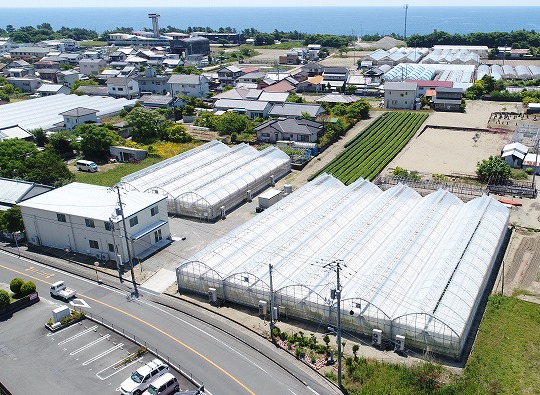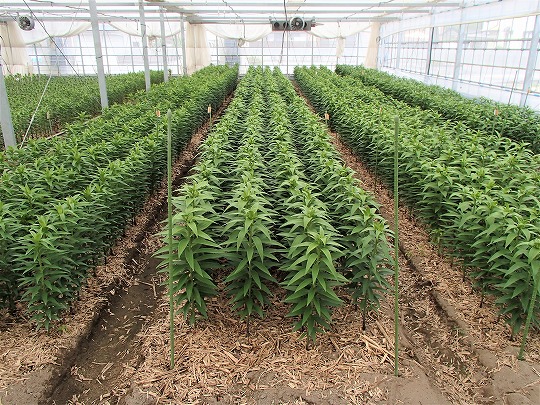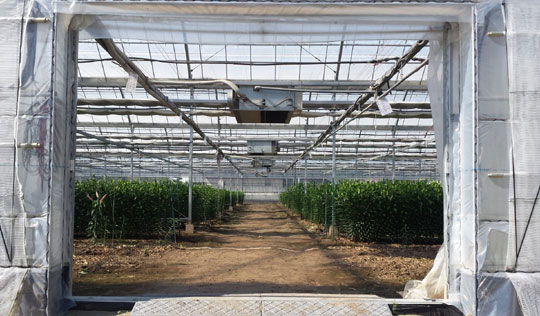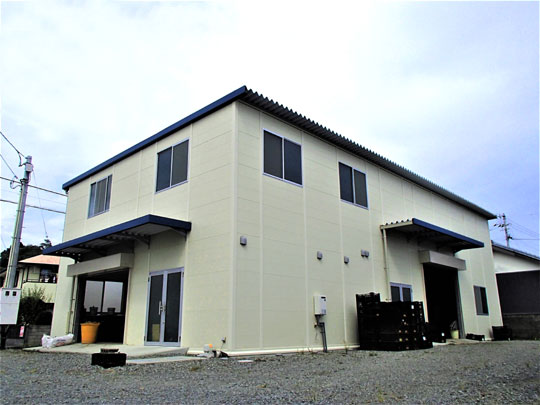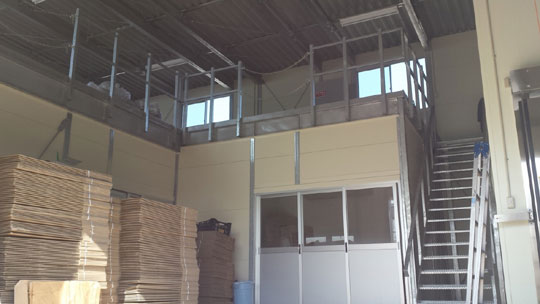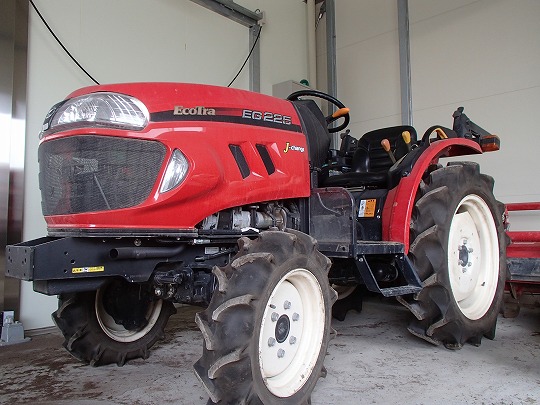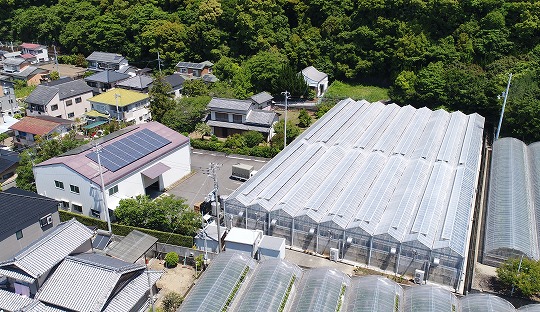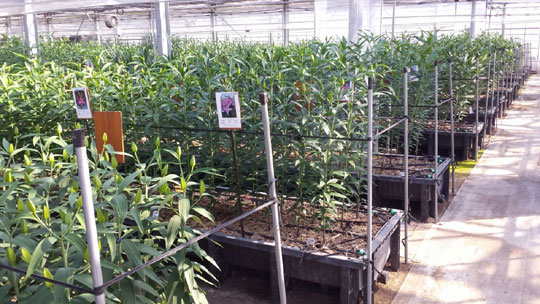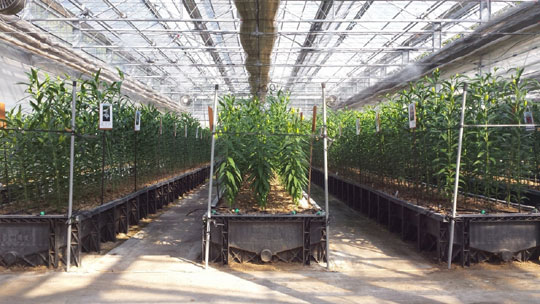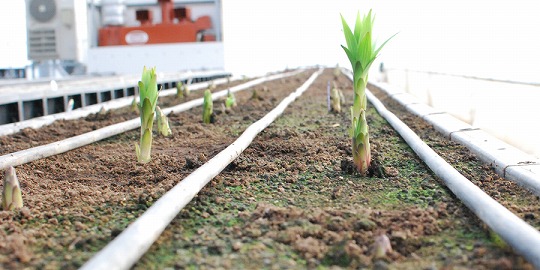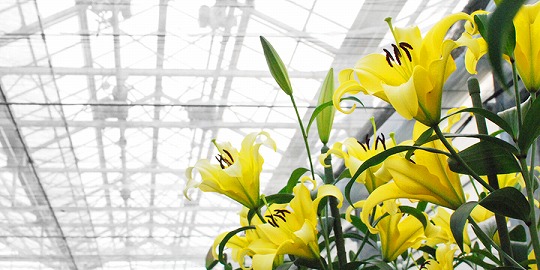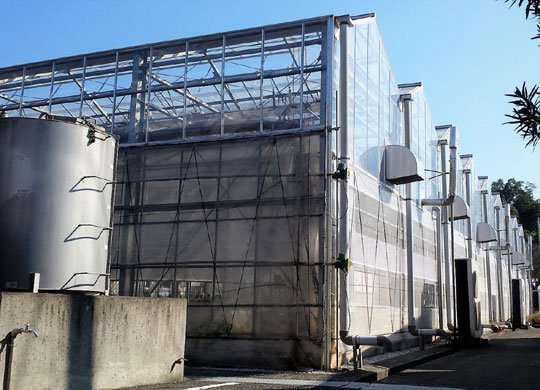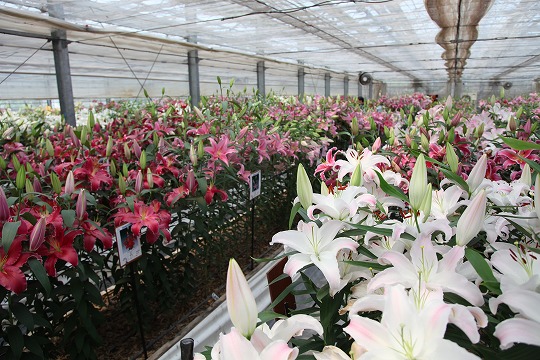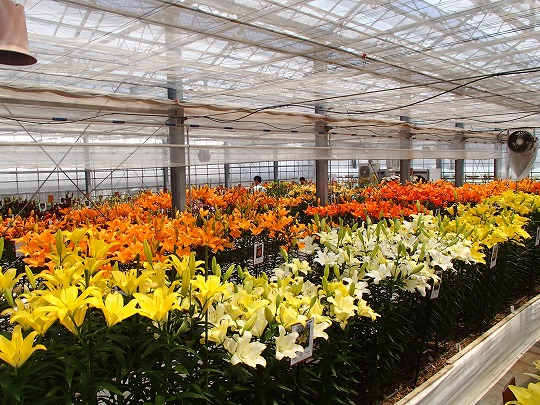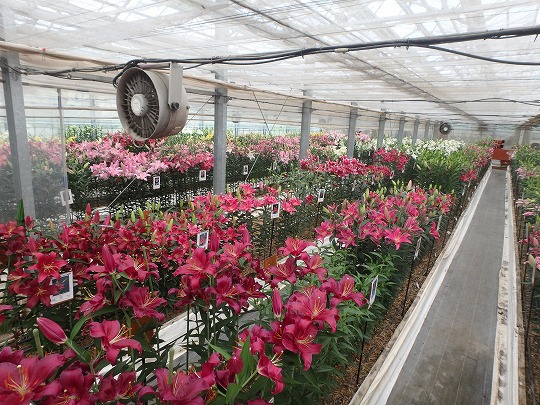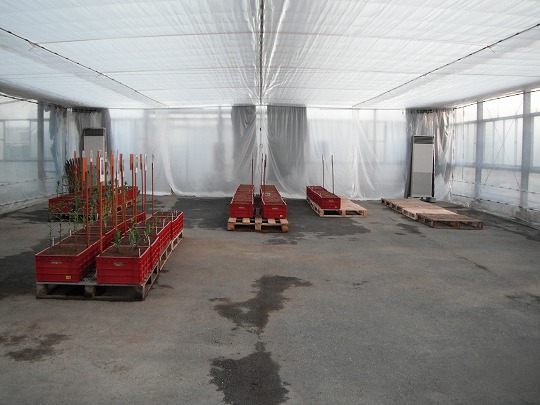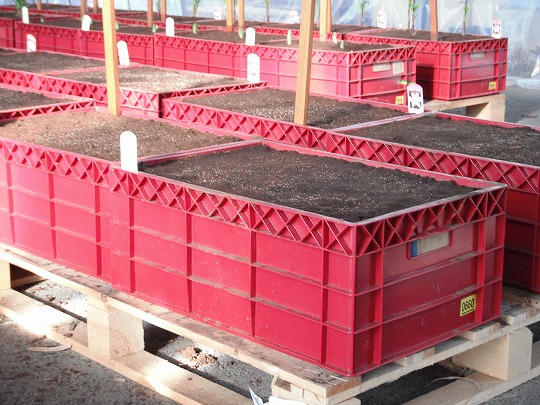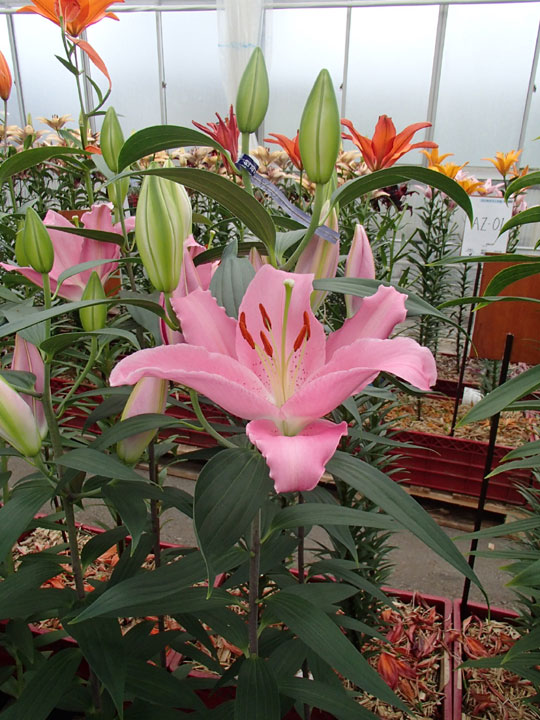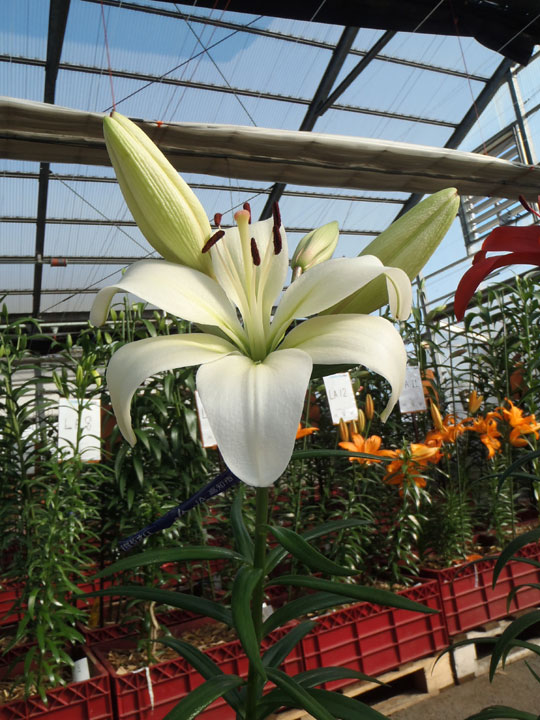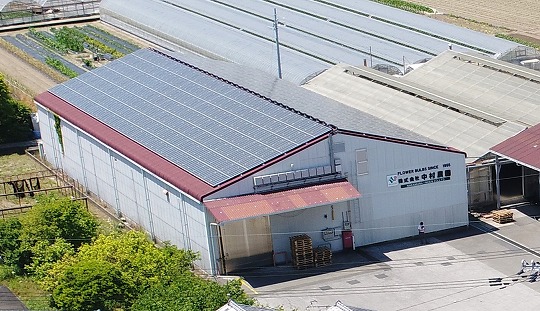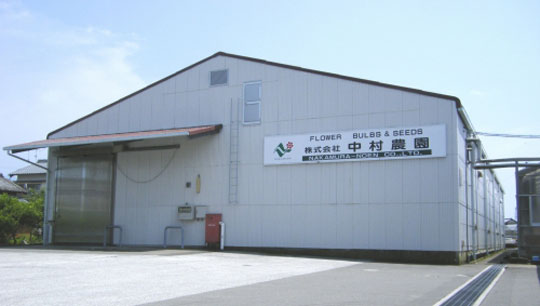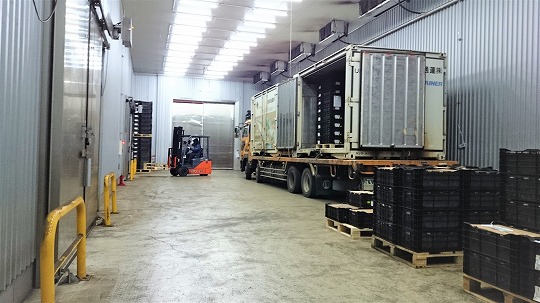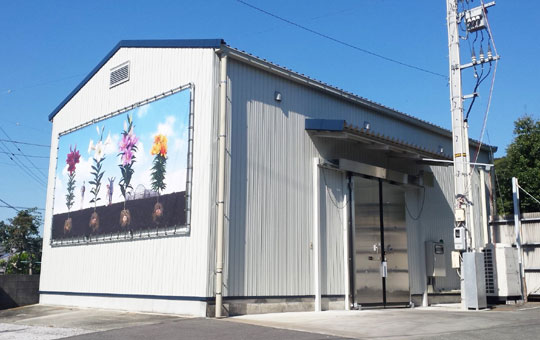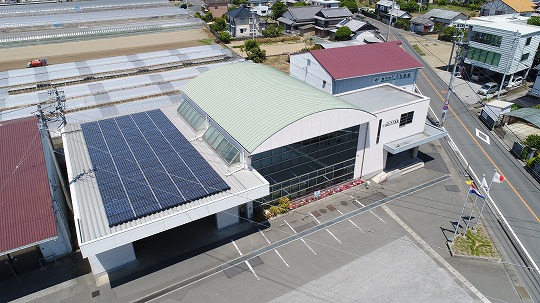Keigo Nakamura
Thank you very much for your usual cooperation.
I would like to report my business trip to Chile from June 25th to 30th, with the situation of harvesting, bulbs, and each exporting companies.
① Openly introduce you the research result.
It’s honorable for me if this information leads for the right understanding of SH crop, good storage
for January- February planting, and it helps customers, supply of bulbs, and stability of Japanese cut
flower production.
Here is the comparison of this year’s average data to last year’s.
In summer the temperature was high and sun light was enough, so bulbs have thick stems part, which is
good impression.
It has been mild warm autumn till April, and it perhaps made good number of leaf.
The growth of bulbs is also better (it is as expectation).

The lower part of the table is the comparison of 2012 Chile crop and 2011 NZ crop.
Scale counts, stem width and leaf counts of 2012 CH crop are almost the same level as 2012 NZ crop.
Length of sprout and stem are lower, but it shows suit more for long term storage.
I feel more and more every year that the gap of CH and NZ is becoming smaller. One of the reasons can be
that production systems became the same; in Chile they start planting earlier so growing term became
longer, and also started production by 1 year, 2 year grown, and naked scales.
② Consciousness of Virus control and improvement is better than the Netherlands!?
A good thing about SH crop is that bulb grower pack their own bulbs and ship them out with labels of their names. Therefore they understand well that the quality is directly linked to their own reputation.
Sone brought material bulbs from Holland to improve the quality, but there was some infection of virus in. Now they are trying to reject infected ones. They will not harvest some of crop 2012 because of infection. This is indeed damage for them, but Mr. Alex says “cutting fingers is better than cutting wrist”.
Lot numbers from Sone’s own tissue laboratory are clean, so they apart the clean lots from existing lines and making clean stock for the future.
Southern Bulbs is now disposing infected material lots of 2012 harvest. It is great that they decided to make all 2013 crop completely clean, but the damage of restructure is big. 2013 crop will be less production, and 2 production areas out of 5 will stop.
Sun Harvest had less trading channel, so they received less bad lot compared to others.
Some Dutch bulb growers do not disinfect after washing because they worry about infection spread. (This caused mold, rotting of 2011 NL crop). Sun Harvest installed a new disinfection system of using spray instead of dipping (the left photo is the spray machine. Sorry for a bad picture…).
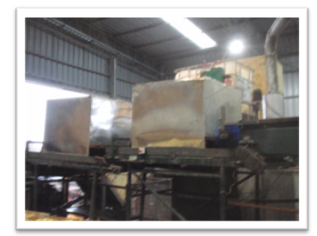
The new machine sprays antiseptic when bulbs go through it. Disinfection at packing stage is not changed.
Sun & Breeze also looks having smaller problems. They decided not to get any planting materials from other places from this year, and they will produce all the bulbs from their own scales or tissue material from the Netherlands (mainly new varieties).
Also renew the disinfection at washing place, every time after each lot pass though.
The advantage for quality improvement in Chile is its environmental potential such as abundant fresh water for washing which doesn’t need to be recycled, and plenty of virgin soil in the provinces.
These advantages wouldn’t be expected so much in New Zealand or in Netherlands.
Chilean producers also have big cool storing facilities, so they can dry the surface of bulbs for longer after sorting, and prevent extension of scratches and wet touching.
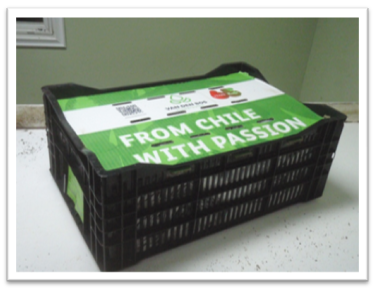
By the way, Van den Bos (dealing Southern Bulbs)’s packages were redesigned from this year.
The quality of van den Bos bulbs had good reputations so far, and now the package color became nice fresh green.
I checked many lot numbers of it, and their grading of varieties which has many bud counts was well controlled not too-big bulbs, and also the conditions of bulbs and packing were good.
③ Now in Chile
Chile is in the economic growth now, and there is not so much influence of the economic depression in Europe.
In the last decades Infrastructure like road, mobile phone etc and development of major shopping mall or casinos reached the local provinces. What I see especially new is town developing quickly in the provincial areas. You can see a lot of many ready-built houses expanding in vast land. Increase of nuclear families might be helping this development. (Picture below is the urban area of Los Angeles.)
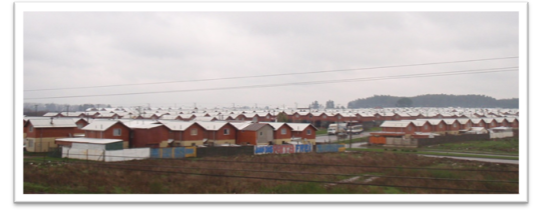
They buy fields around big cities and build hundreds of same shaped houses.
Such houses are compact and reasonable like 3-6 million yen (?). It’s easier for young people to borrow money from banks because of inflation.
They build houses as many as sold, and many new towns are appearing near suburban cities and small villages in country sides.
Now I will head off to New Zealand which will be the second half of my bullet tour!



